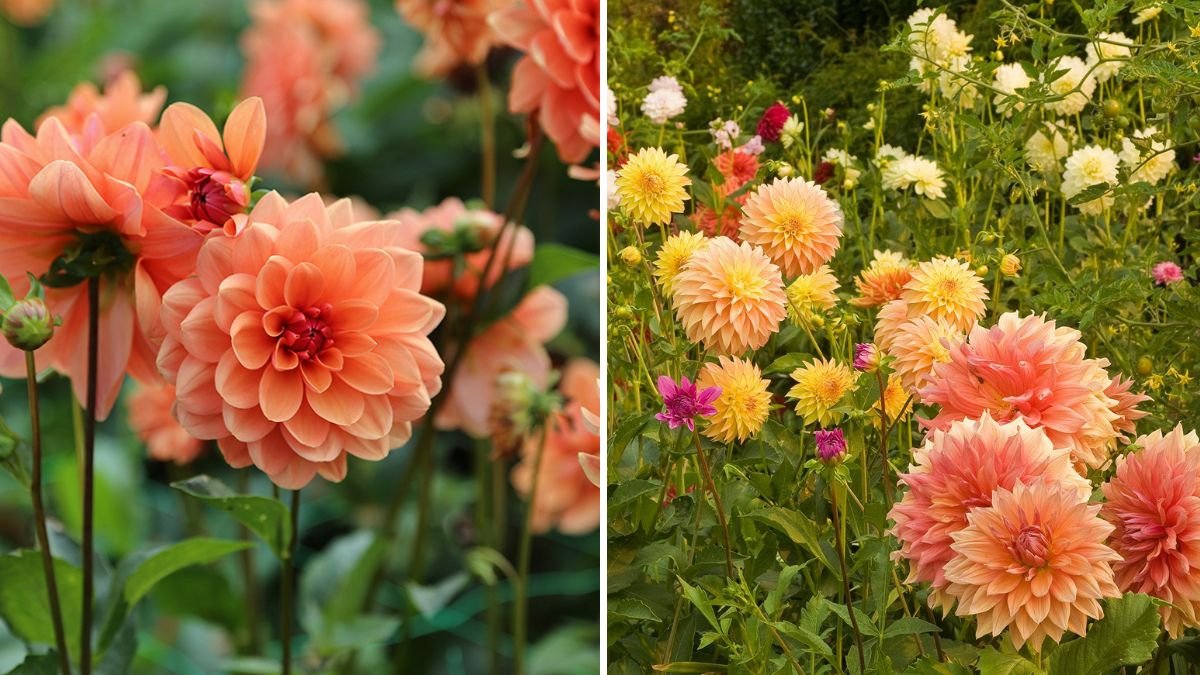Dahlias are among the most stunning and versatile garden flowers, prized for their dazzling array of colors, shapes, and sizes. Blooming from mid-summer until the first frost, dahlias can transform any garden into a vibrant tapestry. However, these tender tuberous plants are sensitive to frost, which can damage or kill them if left in the ground during the winter months. To enjoy their spectacular blooms year after year, gardeners must learn how to save dahlias from frost and replant them successfully in the following season. This article provides a comprehensive guide for protecting, harvesting, storing, and replanting dahlias, ensuring healthy and robust flowers year after year.
Why Saving Dahlias From Frost Matters
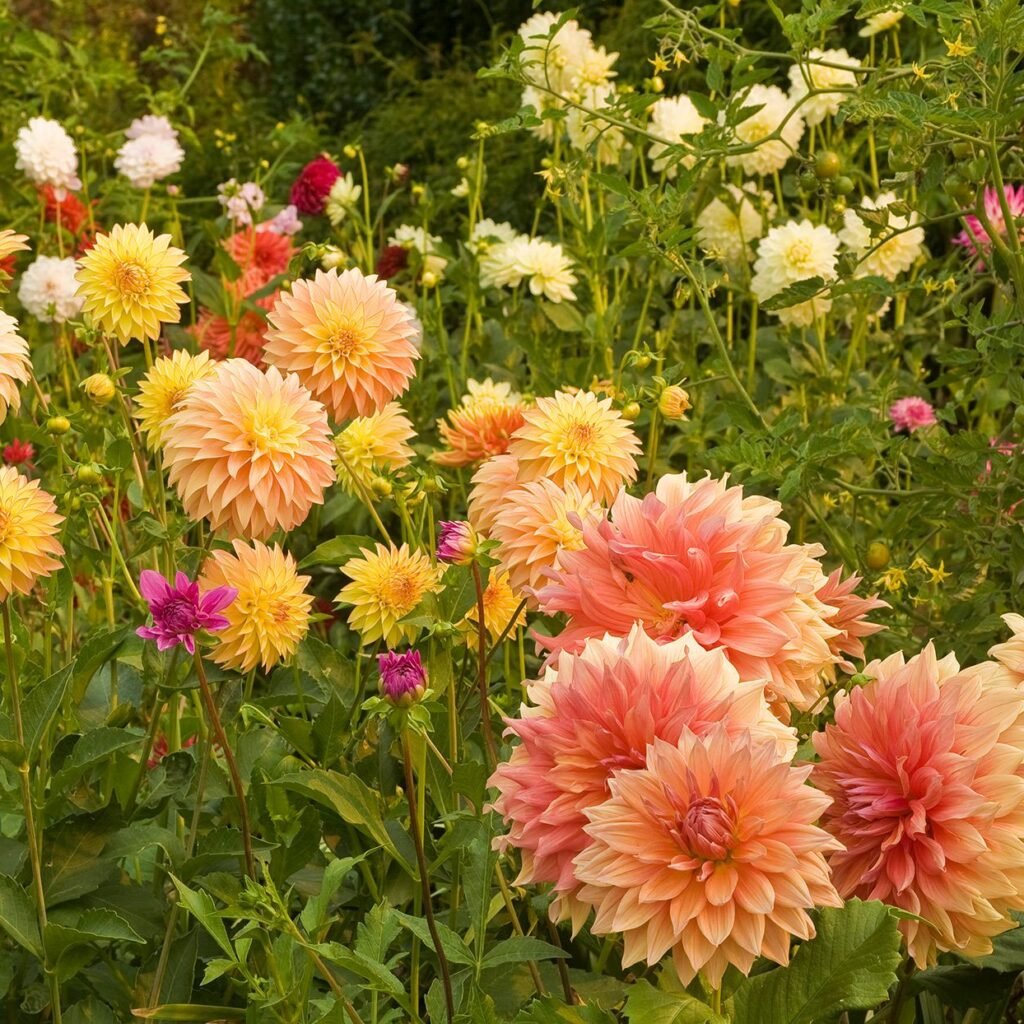
Dahlias are tender perennials, meaning they can survive multiple years if protected from freezing temperatures. Failing to save them can result in lost tubers and the need to purchase new plants annually. Proper preservation:
- Protects Tubers From Freezing: Frost can turn the tubers mushy or kill them entirely.
- Ensures Early and Strong Blooms: Healthy overwintered tubers produce vigorous stems and abundant flowers.
- Maintains Specific Varieties: Saving tubers preserves hybrid varieties, colors, and flower forms.
- Cost-Effective Gardening: Reduces the need to buy new plants every season.
- Supports Sustainable Practices: Encourages reuse of garden resources and reduces plant waste.
Step 1: Identifying the First Frost
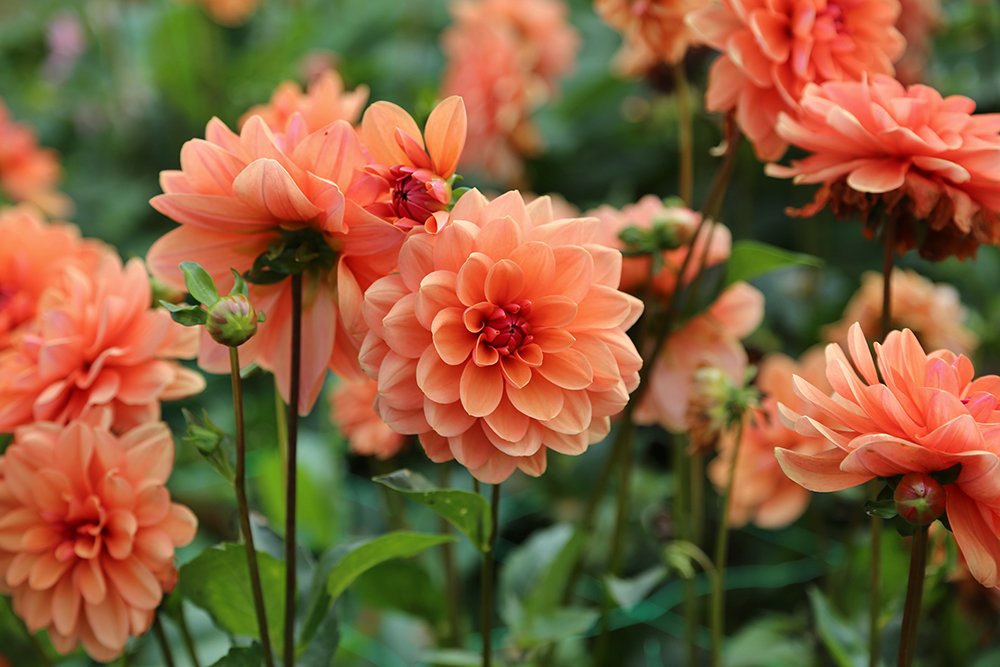
The first frost typically signals the end of the dahlia growing season. Tubers are most vulnerable at this stage:
- Light Frost: Slightly wilts leaves but may not harm tubers.
- Hard Frost: Freezes stems and foliage, potentially damaging the tubers.
Tip: Track your local frost dates using weather forecasts or historical records. In most regions, the first frost occurs in late fall.
Step 2: Preparing Dahlias for Digging
Before digging, ensure plants are ready for winter storage:
Timing:
- Wait until the first light frost has blackened the foliage. The frost helps the tubers enter dormancy.
- Avoid digging too early, as tubers may not be fully matured and stored energy may be insufficient for next year’s growth.
Tools Needed:
- Garden fork or spade
- Clean containers (baskets, crates, or boxes)
- Garden shears
- Paper towels or dry sawdust for temporary storage
Tip: Water the soil lightly a day or two before digging to soften it, making it easier to lift tubers.
Step 3: Digging Up Dahlia Tubers
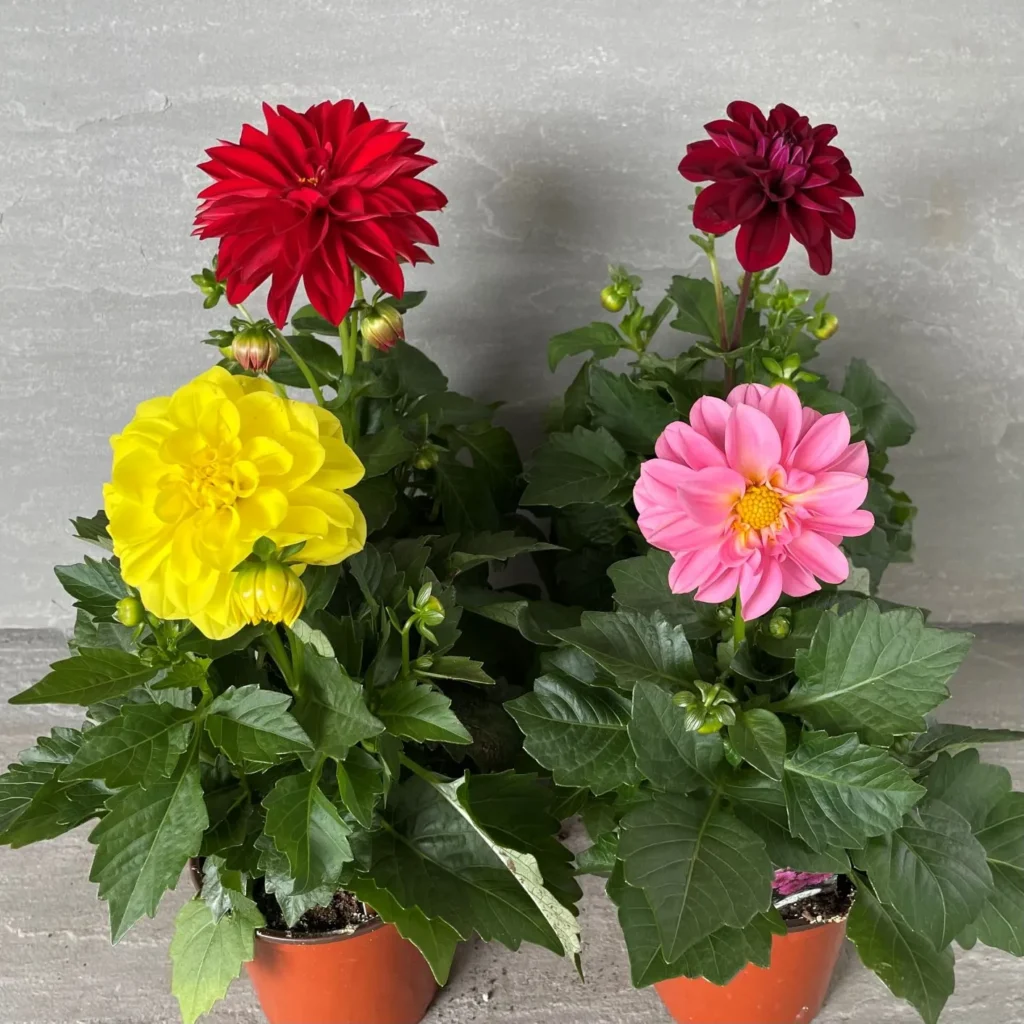
Proper technique ensures tubers remain intact:
- Cut Back Foliage: Trim stems to about 4–6 inches above the ground.
- Loosen the Soil: Use a garden fork to gently loosen the soil around the base of the plant.
- Lift Tubers Carefully: Lift the clump carefully, avoiding piercing or bruising the tubers.
- Brush Off Excess Soil: Remove loose dirt gently without washing, which can promote rot.
Tip: Leave some soil clinging to the tubers during initial storage to prevent drying out.
Step 4: Cleaning and Inspecting Tubers
After digging, sort and inspect tubers:
- Separate Healthy From Damaged: Discard tubers that are soft, moldy, or damaged.
- Identify the “Eye” or Bud: Ensure each tuber has at least one healthy growing point for replanting.
- Remove Excess Soil: Brush gently to remove soil, but avoid washing until just before planting.
Healthy tubers are firm, plump, and free of disease.
Step 5: Curing and Drying Tubers
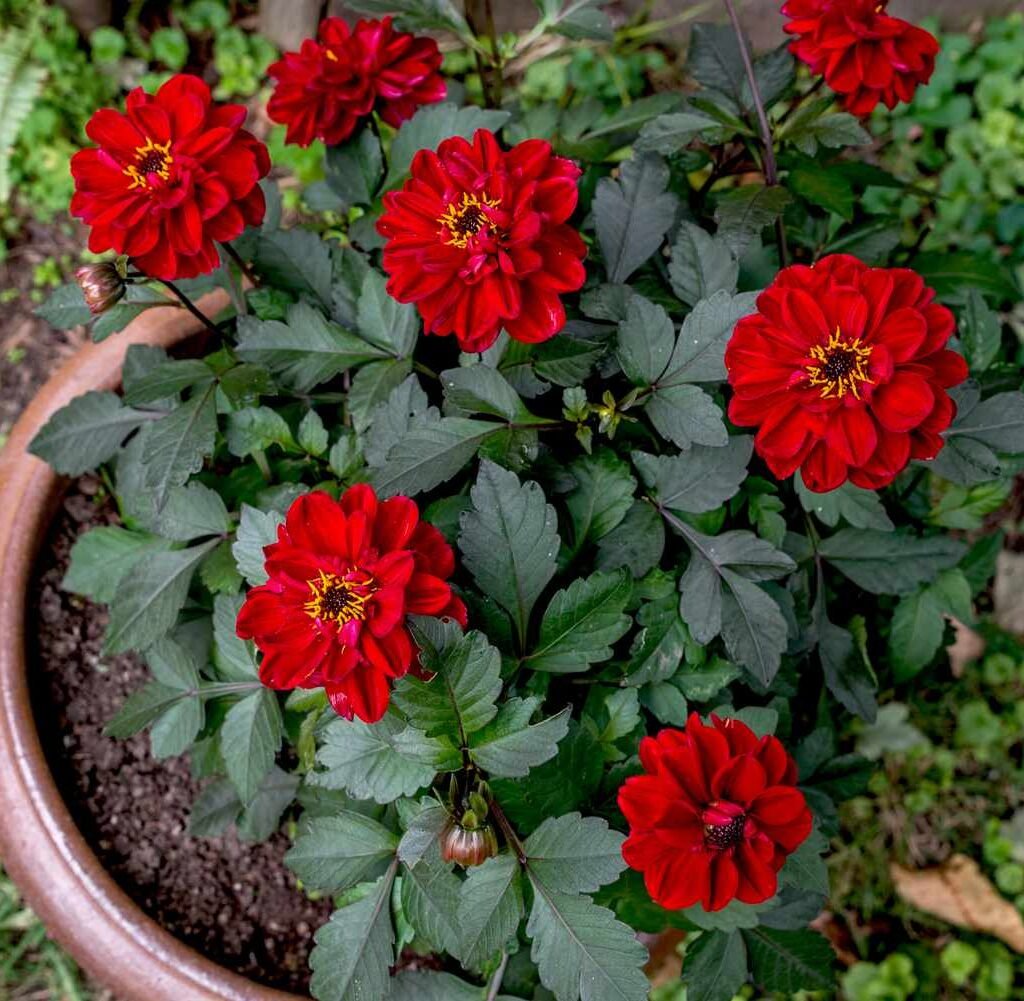
Curing tubers helps prevent rot during winter storage:
- Air Dry: Lay tubers in a single layer on trays in a cool, shaded, and ventilated area for 1–2 days.
- Avoid Direct Sunlight: Sunlight can dry out or damage the tubers’ skin.
- Ensure Ventilation: Prevent moisture buildup that can encourage fungal growth.
Tip: Curing is especially important if you live in humid regions.
Step 6: Storing Dahlia Tubers Over Winter
Proper storage is key to survival until spring:
Storage Medium:
- Peat moss, vermiculite, sawdust, or shredded newspaper helps absorb excess moisture.
- Place tubers in single layers or lightly cover clumps to prevent contact and mold formation.
Storage Conditions:
- Temperature: 40–50°F (4–10°C). Avoid freezing temperatures.
- Humidity: Moderate (not too wet) to prevent mold and shriveling.
- Ventilation: Ensure airflow around tubers to prevent fungal growth.
Storage Containers:
- Cardboard boxes, wooden crates, or paper bags
- Avoid plastic unless it is perforated for airflow
Tip: Check tubers periodically during winter and remove any that show signs of rot.
Step 7: Preparing Tubers for Replanting
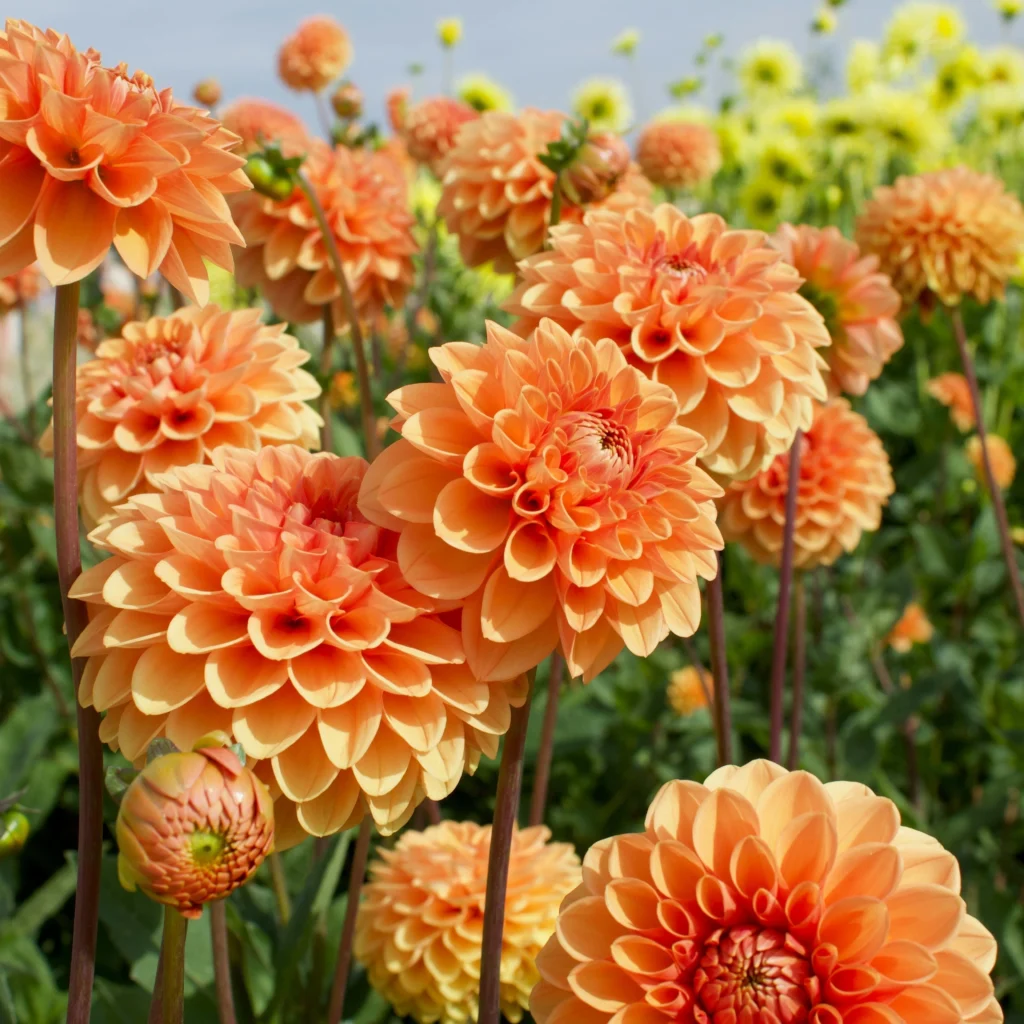
As spring approaches:
- Inspect tubers for firm texture and healthy eyes.
- Discard any that are shriveled or moldy.
- Optional: Soak tubers in lukewarm water for a few hours to wake them from dormancy.
- Divide tubers carefully if needed, ensuring each division has at least one healthy eye.
Step 8: Planting Dahlias in Spring
To ensure a successful season:
Planting Site:
- Full sun (6–8 hours of direct sunlight)
- Well-draining, fertile soil with compost or organic matter
Planting Depth:
- Plant tubers 4–6 inches deep with the growing point facing upward
- Space tubers 18–24 inches apart depending on variety
Watering:
- Water lightly at planting to encourage root growth
- Avoid overwatering, which can lead to rot
Fertilizing:
- Use balanced fertilizers high in phosphorus and potassium to promote root and flower development
Tip: Support taller varieties with stakes or cages early to prevent stem breakage.
Step 9: Tips for Long-Term Dahlia Success
- Label Varieties: Keep records of tuber colors, bloom types, and planting locations.
- Rotate Planting Sites: Prevent soil-borne diseases by avoiding the same location year after year.
- Monitor Pests: Watch for aphids, snails, and slugs that target young shoots.
- Regular Deadheading: Encourages more blooms and prolongs flowering season.
- Continuous Harvest: Cut flowers regularly for indoor arrangements without affecting tuber health.
Advantages of Saving Dahlias from Frost
- Cost-Effective: Reduces the need for new tuber purchases.
- Variety Preservation: Maintains favorite flower types, colors, and forms.
- Early Blooming: Well-stored tubers produce strong, early-season growth.
- Sustainable Gardening: Supports eco-friendly practices by reusing tubers.
- Aesthetic and Functional Benefits: Provides vibrant blooms and cut flowers season after season.
Conclusion
Saving dahlias from frost is a vital practice for gardeners who wish to enjoy their stunning blooms year after year. By understanding frost timing, carefully digging, curing, storing, and replanting tubers, gardeners can preserve the vitality and beauty of their plants. Proper winter care ensures early, strong, and abundant flowering in the next season, while also preserving specific varieties and promoting sustainable gardening. With careful attention to storage conditions, inspection, and spring planting techniques, dahlias can become a long-lasting, colorful centerpiece in any garden, bringing joy and vibrancy from one year to the next.
